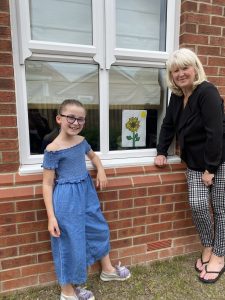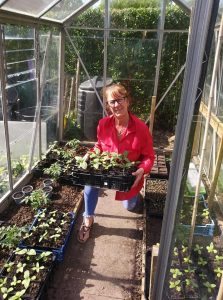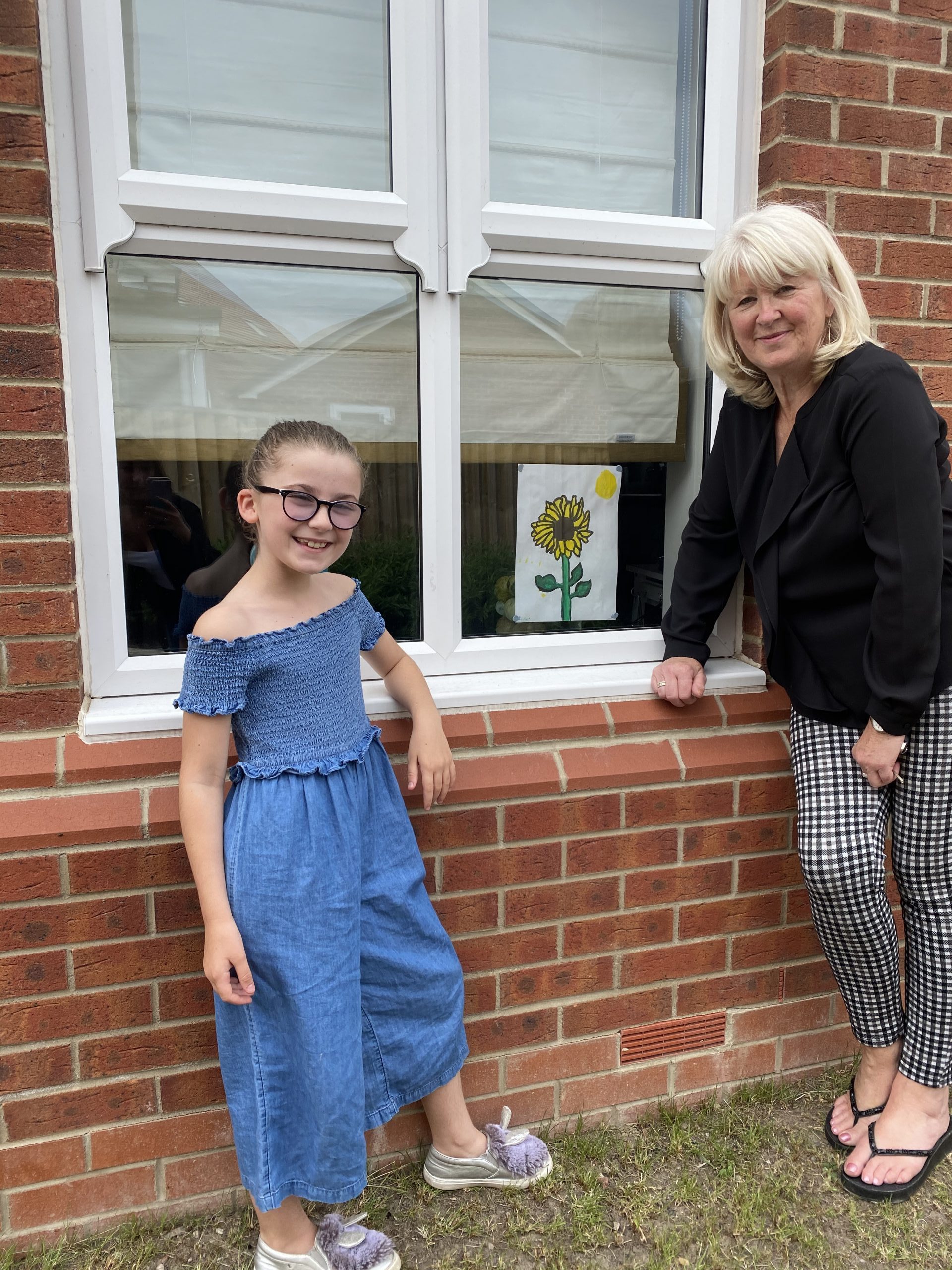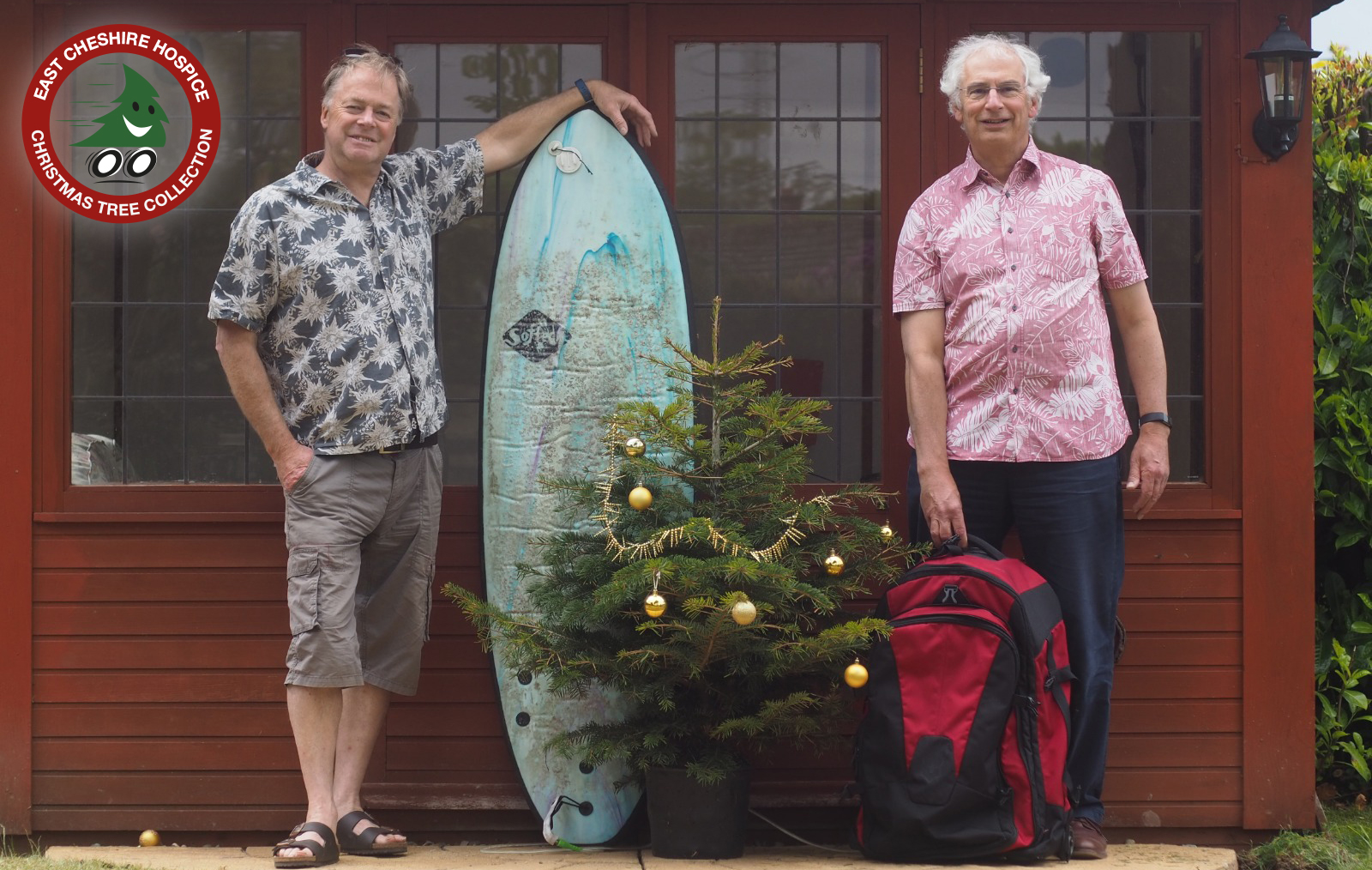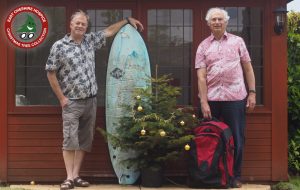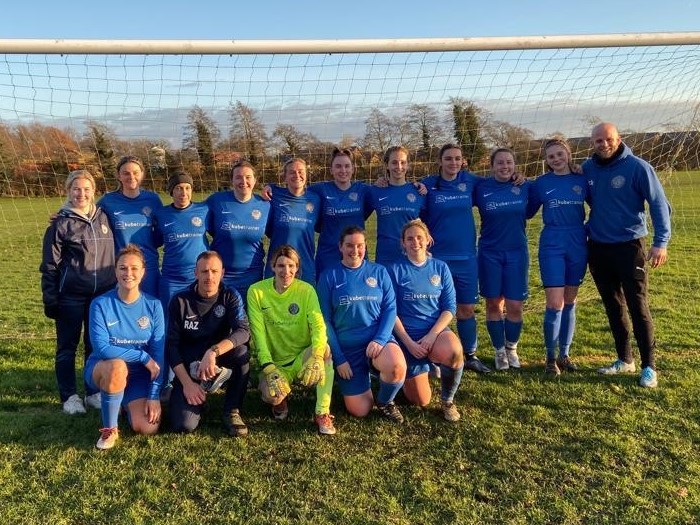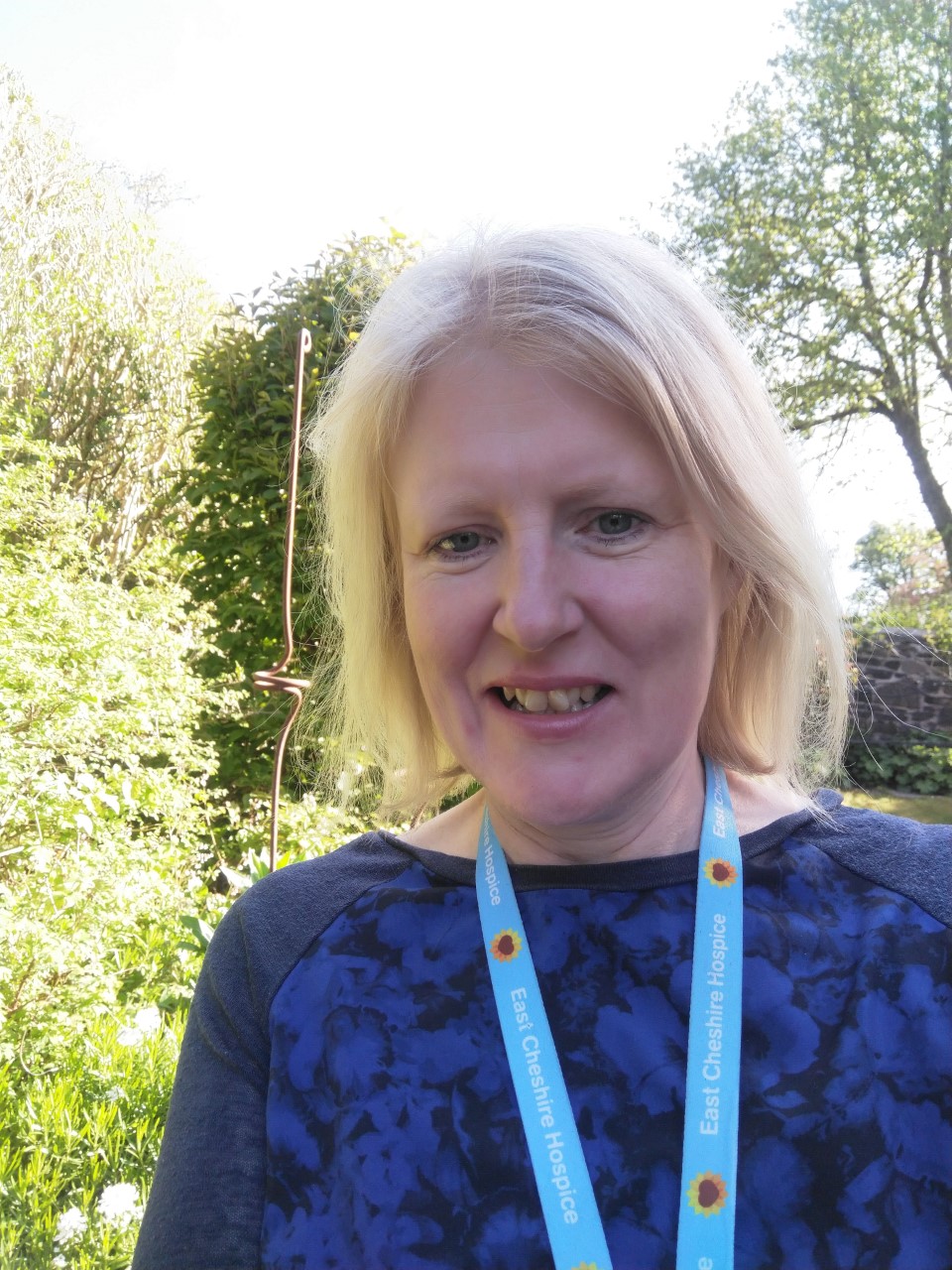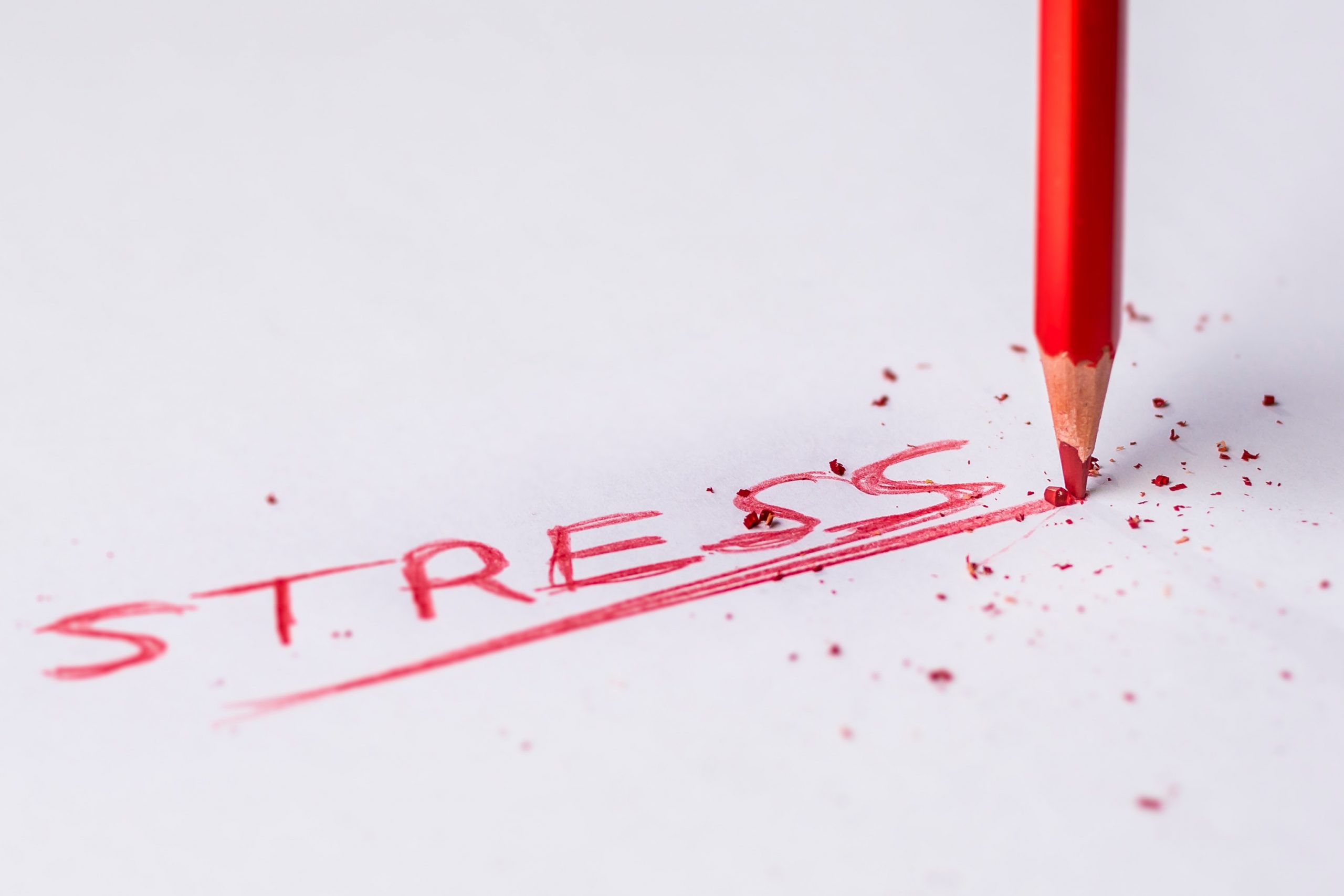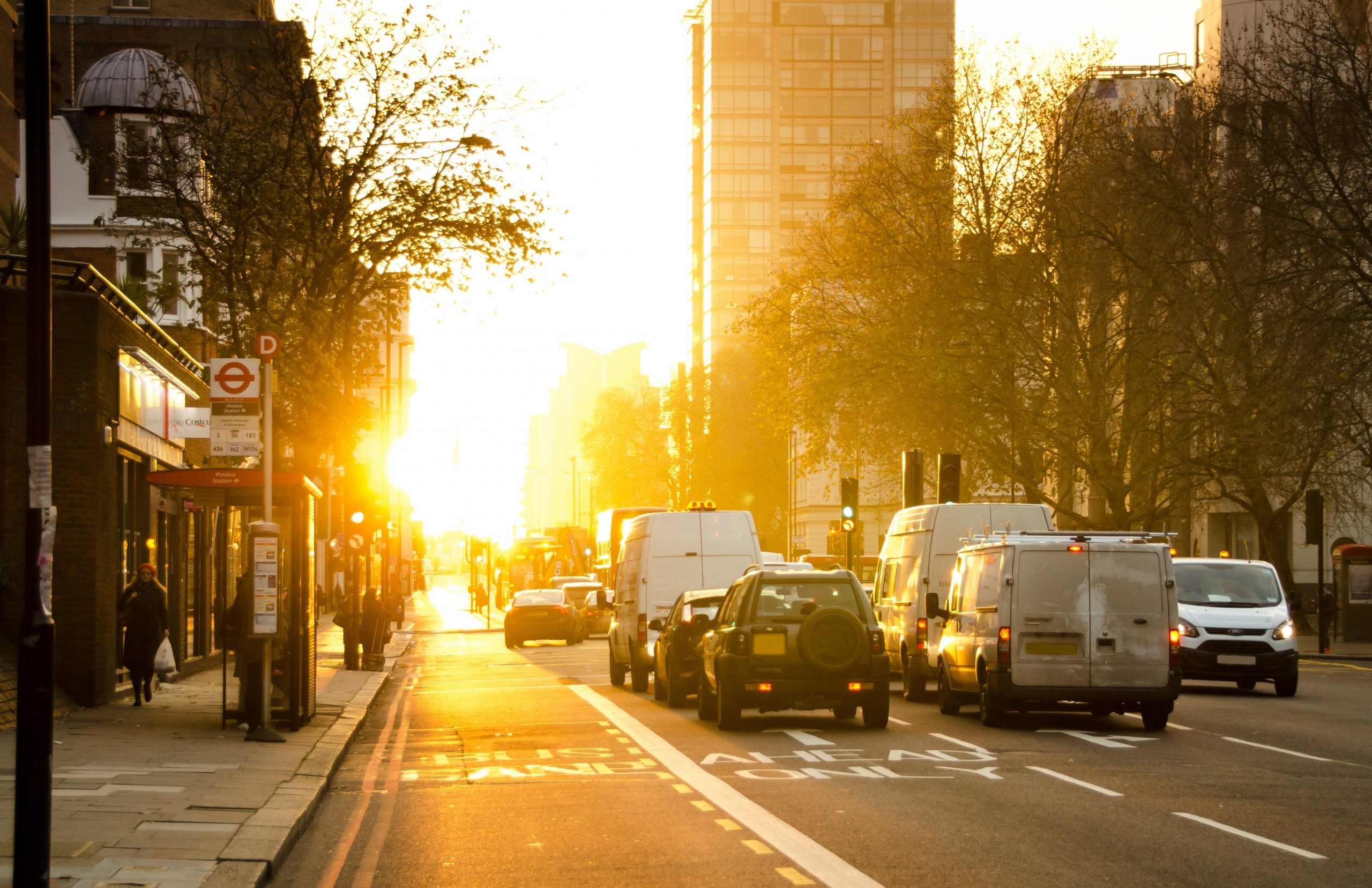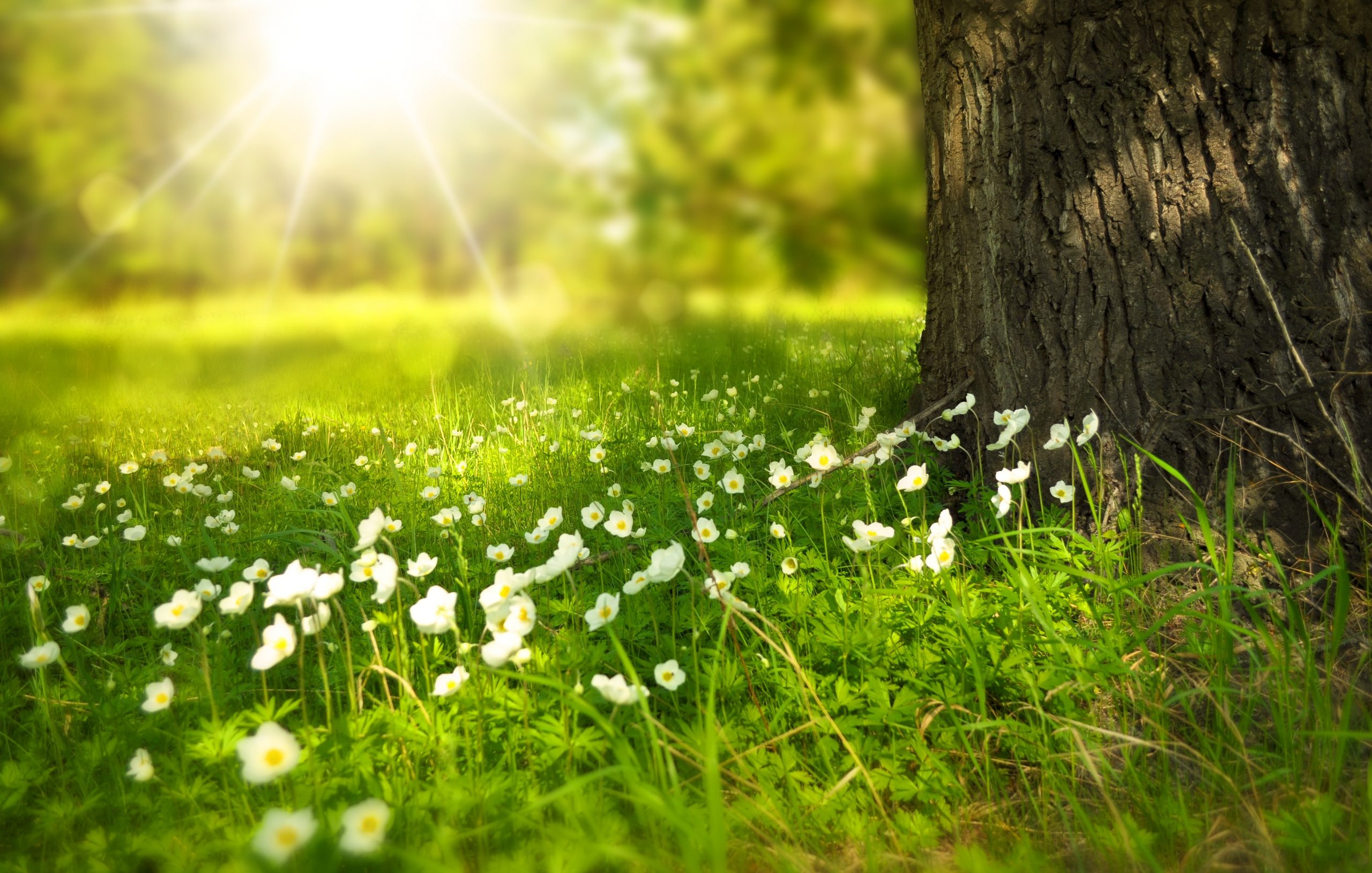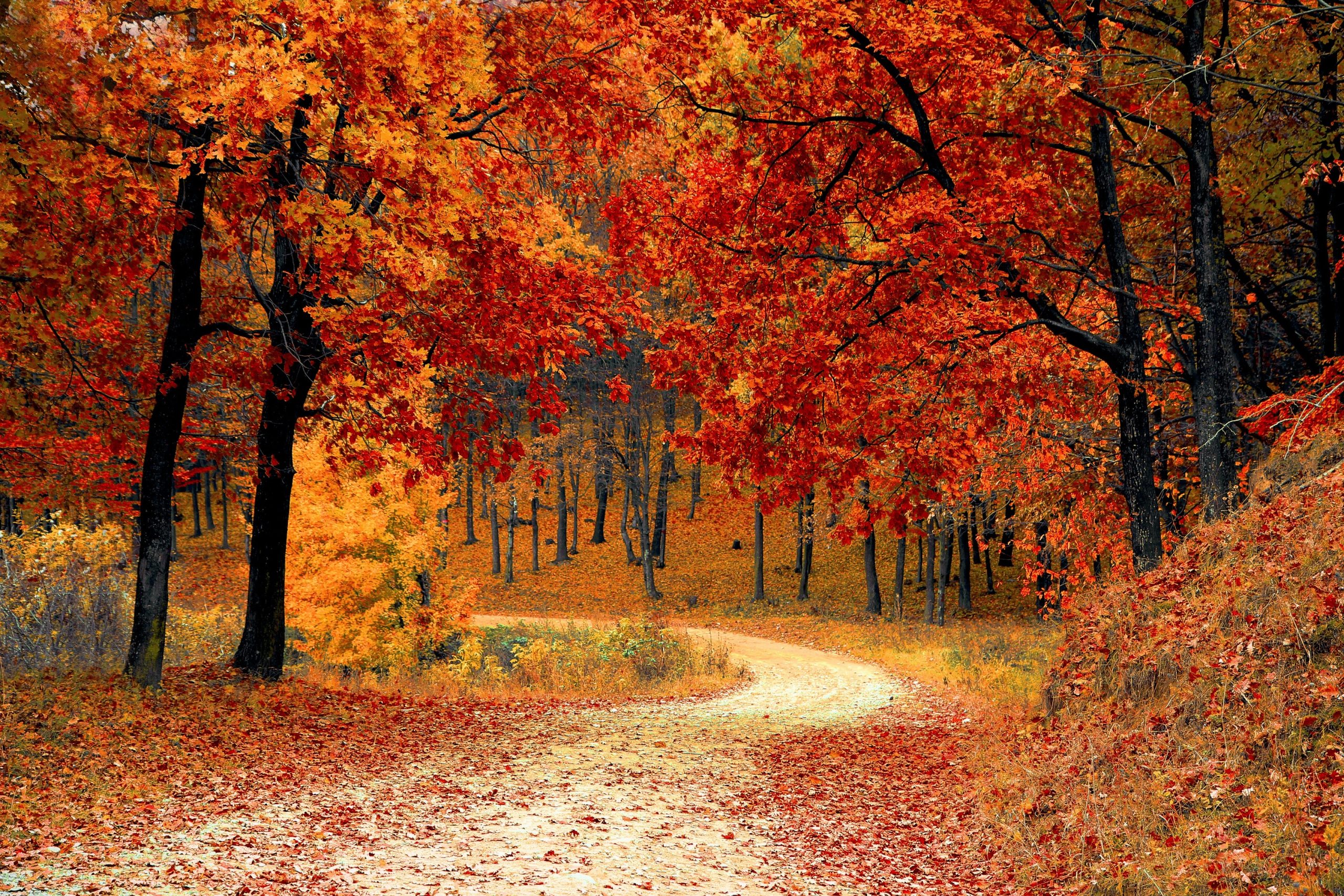Mindfulness – A blog by East Cheshire Hospice’s Lindsay Dobson
Today’s little exploration of mindfulness is about how we worry.
Lets start by just breathing, Id like you to just notice your normal breath…
After doing that for a few breaths, Id like you to count, how many seconds you breath in for, how many you breath out for. No right or wrong, we will all be different (its interesting to notice how we will breath at different speeds at different times of day or activity also) and its no completion. Just notice. Once you have done this for a few breaths, as long as you can stay relaxed and its not a strain, add a second to the outbreath. If thats comfortable and not a strain add another second to the out breath. Just the out breath, keep the in breath the same. Keep doing this until you reach a point that feels like the out breath is comfortably longer than the in breath. We don’t want to go so far as it being a strain though, as that takes away the benefits. Breath like that for as long as you like before carrying on reading.
How do you feel now? Hopefully nicely relaxed, because when our out breath is longer than the in breath, it sends a signal to our brain, that we can relax now, we are safe.
So from there, let me explore with you the idea we have two modes of mind (we actually have many, but these are the two I want to explore today J ) thinking and sensing. They are a bit like a see saw in that when we are in thinking mode, and that is the one at the top of the see saw, sensing is less active and at the bottom, and vice versa, they can both be online and working at the same time but they do balance each other out.
So what are they, well thinking is the analytical part of your mind, the planning, working out, busy busy thoughts part of your brain. Its the bit that talks to you – or it does me anyway, that incessant voice in my head telling me all about my day!
Sensing is the part we just used to to the breathing, its the part that knows how the keyboard feels under your fingertips, or the feel of sun on your skin. Its how we notice our shoulders are tight, or the difference between grass or sand under our toes. Its the physical feeling part of the body.
We can use this to our advantage, as the more we can drop into sensing the quieter the mind becomes as thinking is less active.
Whilst thinking can do wonderous and amazing things, it can also be the part we get stuck in when we are worrying and scared. Its also the part that can be a bit of a nuisance when we are trying to sleep!! Especially right now, when there is so much to worry about, but our sleep is so important!!
Let me take you through a scenario….
Your collegue from work walks past you in the street, you say hi. She does not respond and just keeps walking….. What do you think?
Well we may all think many different things so lets look at two examples;
We think bloody hell, ignorant miss, what did I do to upset you!!!
We feel angry, upset (as perhaps deep down we are also worried we did to something to upset her and wondering what it was!)
We get tense in our body
We perhaps avoid her at work next time and act a little cool
So same thing happens, but this time we think, “oh gosh, is she ok, she didn’t even seem to hear, I wonder what has happened and if she is alright?”
We feel compassion, concern for our friend
Our body softens
We go after her or we text her to see if she is ok
So same situation, but our mind makes up a very different story about it, dependent on many factors. The thing is, its a great strategy to be able to fill in missing bits of information when we need to, but, the tricky bit is, sometimes we don’t even notice the information was missing, and presume that we are definitely right and it does not cross our mind, that it could be giving us false conclusions!
We can then easily get caught in over thinking mode – maybe it stays with us all day!! What did I do to upset her, was it that time at work when i went on my break and didn’t tell her, what it x y z , has she heard about me moaning about her, and on and on and on, it might even start to catastophize – oh gosh works going to be awful now, she wont talk to me, what if everyone else takes her side……
When actually for all we know, her relatives just rang to say someone is sick and she was preoccupied wondering about how she felt about that!!
By bedtime its become so hard to let go off, we find it hard to sleep!!
So one thing we can do is remember that our mind is not always right!!
The other is anything that takes us deeper into the sensing mode!
That might be anything, I love doing my yoga practice to help me do that, or a swim feeling the water on my skin, a walk allowing myself to really feel each step, and the sun on my face, wind in my hair – another lovely way, especially at bedtime is do a progressive muscle relaxation like Gill has on the wellbeing hub, or one of the yoga nidras Ive recorded.
Because the more we drop into our body and use sensing mode the quieter the mind becomes
Its very human right now, to find ourselves stuck in thinking and worrying mode, but the more we practice dropping down into sensing the more we strengthen that ability and the easier it gets. Take gentle care and enjoy some time in sense mode today.
